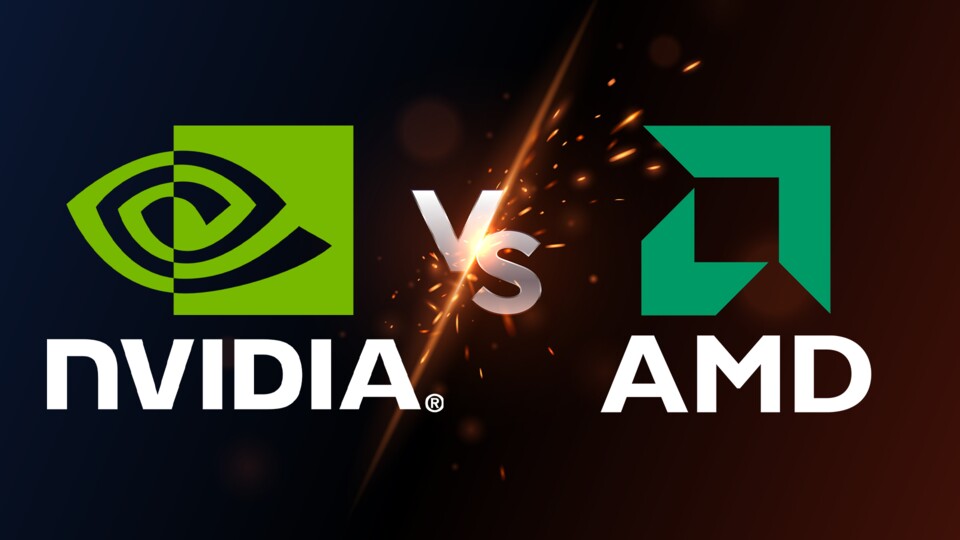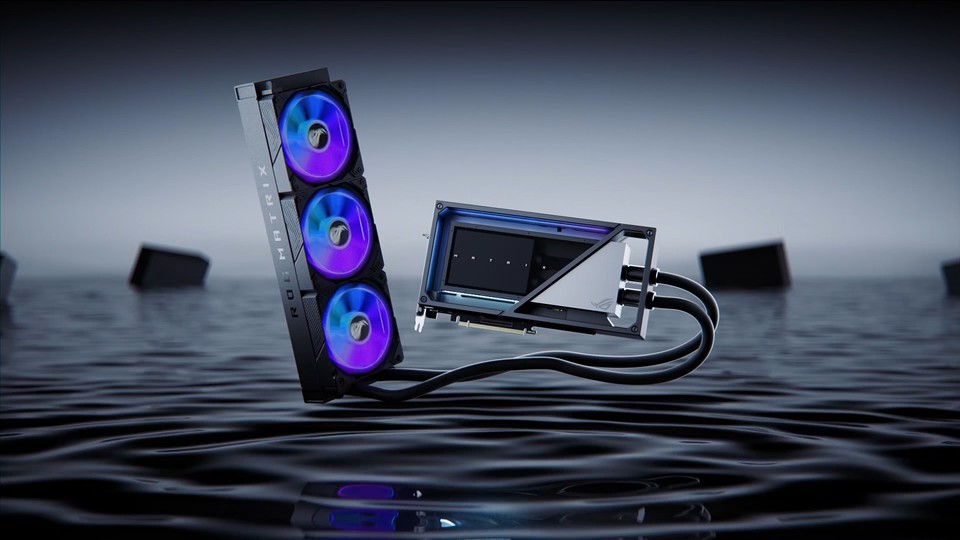
The next generation of graphics memory has been introduced: GDDR7. (Image: Nvidia | AMD | Adobe Stock – D1sk)
Advertisement
AMD and Nvidia have been competitors in the graphics card industry for many years, but AMD seems to be saying goodbye to the high-end segment in the (near) future.
The opposite is likely to be the case for Nvidia, also because Micron has introduced the upcoming GDDR7 VRAMwhich could significantly improve the performance of the upcoming RTX 5000 series.
If, on the other hand, AMD really does not offer high-end GPUs with the new generation, it is conceivable that they will completely forego the use of the (expensive) new memory standard with the RX 8000 series.
30 percent more FPS?
In detail: The tech company Micron, which is behind the development of the new GDDR7 memory, claims that the performance of graphics cards with the new VRAM should increase by up to 30 percent.
Advertisement
This should apply both to classic games with rasterization and to games that work a lot with ray tracing.
Compared to its predecessors GDDR6 (20 GB/s) and GDDR6X (24 GB/s), GDDR7 offers a transfer rate of up to 32 GB/s.
If the upcoming RTX 5000 series uses GDDR7 as expected, the new VRAM can go a long way towards leaving the current Nvidia RTX 4000 generation and AMD as far behind as possible.
What else can GDDR7 do?
- The bandwidth is to be increased by 60 percent to 1.5 TB/s.
- The new sleep mode is designed to reduce power consumption in standby mode by up to 70 percent.
- The reaction time is said to have been reduced by up to 20 percent.
- The voltage headroom is said to be increased by 50 percent. This could make the RTX 5000 series, for example, more stable if you want to overclock it.
- Encoder complexity is expected to decrease. This could reduce latency and lead to improved overall performance.


1:09
ASUS shows the potentially fastest RTX 4090 in the world in the trailer
Really 30 percent more FPS? It remains to be seen whether the VRAM will reliably deliver 30 percent more FPS. For now, we have to rely on Micron's statements.
In general, the influence of VRAM on performance depends not only on its quantity and speed, but also on other factors such as the resolution used and the level of detail in the respective game.